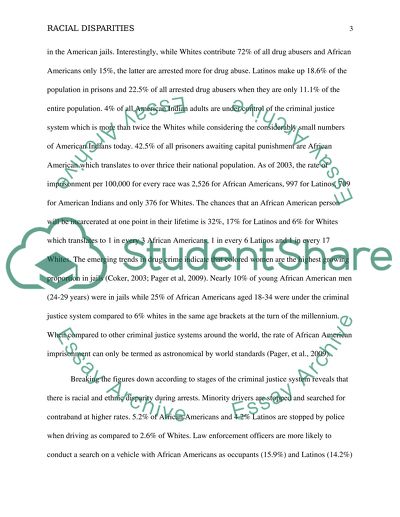Cite this document
(“Racial Disparities in Criminal Justice Research Paper”, n.d.)
Retrieved from https://studentshare.org/law/1432050-racial-disparities-in-criminal-justice
Retrieved from https://studentshare.org/law/1432050-racial-disparities-in-criminal-justice
(Racial Disparities in Criminal Justice Research Paper)
https://studentshare.org/law/1432050-racial-disparities-in-criminal-justice.
https://studentshare.org/law/1432050-racial-disparities-in-criminal-justice.
“Racial Disparities in Criminal Justice Research Paper”, n.d. https://studentshare.org/law/1432050-racial-disparities-in-criminal-justice.


